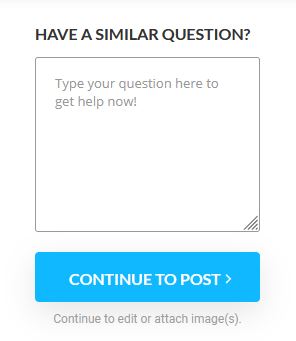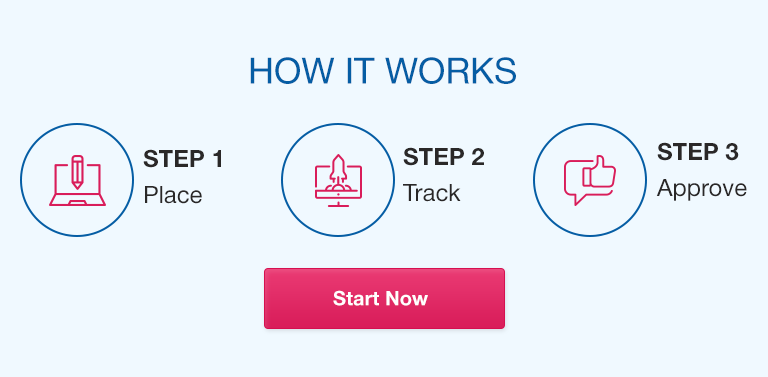Rubric for Assignment-3 Logical Data ModelInstructions:Draw a logical data model (ERD) for the Picnics R US case [Refer to ‘Assignment#1’ and‘Assiignment#2’ on Canvas under ‘Assignments’]Rubric: 30% – Identify the entities 15% – Add appropriate attributes for each entity 15% – Assign identifies for each entity 15% – Draw the relationships that connect associated entities 15% – Determine the cardinality between all related entities Identify any Intersection/Associative Entities 10% – Indicate the modality of the relationship between related entities
Assignment-3 Logical Data ModelInstructions:Draw a logical data model (ERD) for the Picnics R US case [Refer to ‘Assignment#1’ and‘Assiignment#2’ on Canvas under ‘Assignments’]Guidelines:A data model describes the data that flow through the business processes in anorganization. It represents the logical [rather than physical] organization of data]. Lateron in the system development process, the data model is changed to reflect exactly howthe data will be stored in databases and files.Hints:Whereas a process model (DFD) represents how the business system will operate, adata model (ERD) represents how the data that flow through the processes areorganized and presented. A data model is a formal way of representing the data that areused and created by a business system. Data stores of the DFD generally correspond toentities of the ERD: Identify the entities Add appropriate attributes for each entity Draw the relationships that connect associated entities Check the process models for data stores, external entities, and data flows Check the major inputs and outputs from the use cases Identify attributes of the entity that are relevant to the system under development Check the process model repository entries for details on data flows anddata stores Check the data requirements of the requirements definition Select each entity’s candidate identifier Start with an entity and identify all entities with which it shares relationships Determine the cardinality and modality of the relationships



